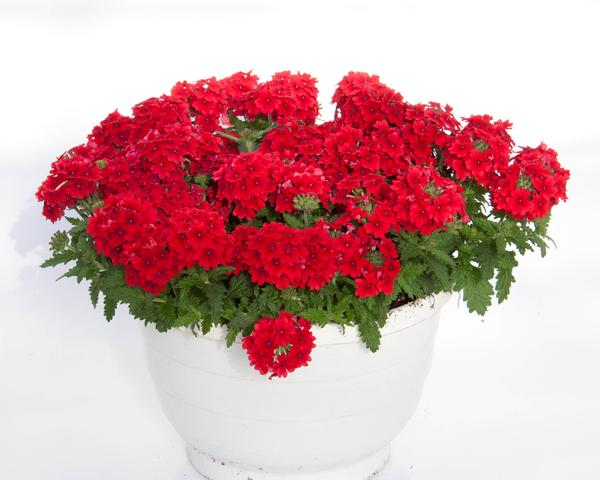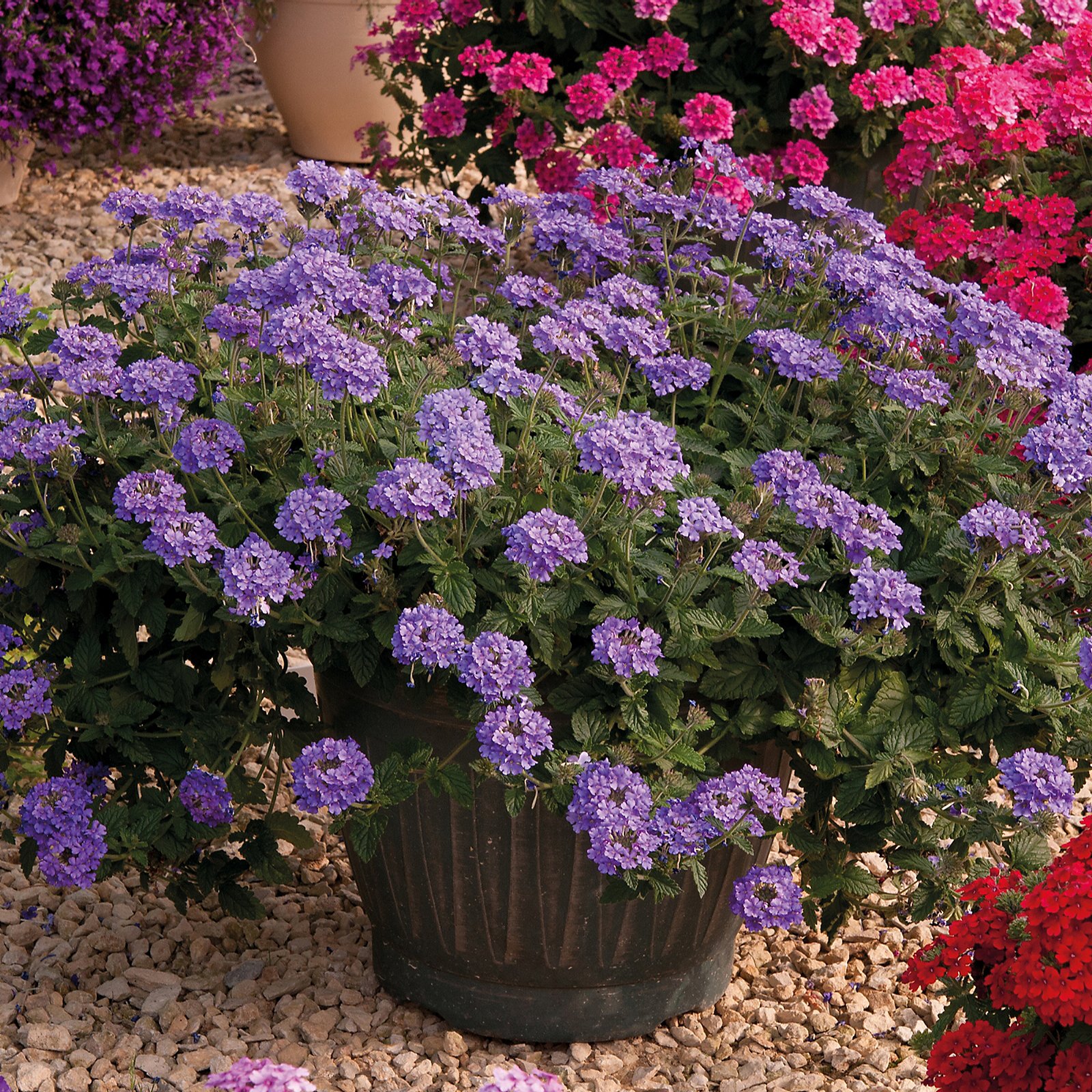These plants are a must for butterfly gardens because their flowers are a rich source of nectar for pollinators.

Verbena flower. Picture: iStock
Colour has been described as a gardener’s trustiest tool and staunchest friend. So much can be achieved simply by using colour, to create a mood, make a garden feel more spacious or more intimate, and it can vary with the seasons.
A garden’s character comes from how colours are used together. Contrasting colours, that are opposite each other on the colour wheel, produce a lively garden. Contrasting colours enhance each other like purple and yellow; blue and orange; red and green.
Another option is to use harmonising colours, those that are found next to one another on a colour wheel, like red, orange and yellow. Natural groupings of cool colours, like mauve, violet, purple and blue produce soft, romantic gardens.
With gardens looking increasingly wintry, it is nice to dream about a garden full of colour and a water-wise annual worth considering is verbena, which has vintage charm and a vibrant colour range.
The most common flower colours include shades of pink, red, purple, lavender, coral, salmon, and white – with lime as a newly introduced colour. Tight clusters of flowers cover the plants and newer varieties do not cycle in and out of flower, producing more flowers on a continuous basis.
Groundcover varieties look good in between succulents, tumbling over rocky outcrops, or threaded through sunny garden beds, between shrubs.
Upright varieties work well as borders while vigorous landscape varieties provide a swathe of colour on a larger scale. Newer, compact hybrids are suited for containers, hanging baskets and vertical planters on an outdoor wall.
Verbena are a must for butterfly gardens because their flowers are a rich source of nectar for pollinators.

Verbena ‘Pop’ adds brilliant colour to garden beds. Picture: Supplied
How to grow
Garden verbena mix well with other sun-loving annuals with similar water requirements like marigolds, dianthus, petunias, and zinnias, as well as perennials like bidens, coreopsis and gaillardia. In containers, they combine well with calibrachoa, pelargoniums, lobelia, and alyssum.
Verbena do best in full sun, in ordinary garden soil that drains well. If plants don’t thrive, poor drainage or overwatering may be the problem – and not enough sun, which results in straggly growth and fewer flowers.
Once verbena plants are established, they are drought-tolerant but do need regular watering during hot, dry periods. Plants will perform better if the soil is enriched with compost and a controlled release fertiliser before planting.
Verbena in hanging baskets require daily watering in summer and containers every second to third day. Fertilise with a liquid fertiliser for flowers twice a month. Trim plants to keep them neat and encourage fuller growth.

Verbena mixes well with calibrachoa and lobelia in containers. Picture: Supplied
Types to try
Cold hardy Verbena Endurascape withstands temperatures as low -6°C, as well as extreme heat of beyond 38°C. Plants don’t cycle in and out of flower, which means that they provide a constant carpet of flowers throughout summer.
Only a few plants are needed to cover a large space and the mounding growth habit ensures the entire plant is covered with flowers. This makes them suitable for large containers, to soften walls, and for pavements.
Verbena “Firehouse” forms a mound of flowers that easily fills a hanging basket or patio planter. New flowers open as the old ones die. The foliage is tough and disease resistant.
Place in a position that receives morning sun and afternoon shade. Plants are available in eight different colours including lime, purple fizz and lavender.
Verbena “Pop” is so named because it pops with colour (red, white, mango and violet). The upright, compact plants are good for pots, garden borders, and splashes of colour within the flower bed. They are resistant to powdery mildew.
For more information: www.ballstraathof.co.za
For more news your way, download The Citizen’s app for iOS and Android.





